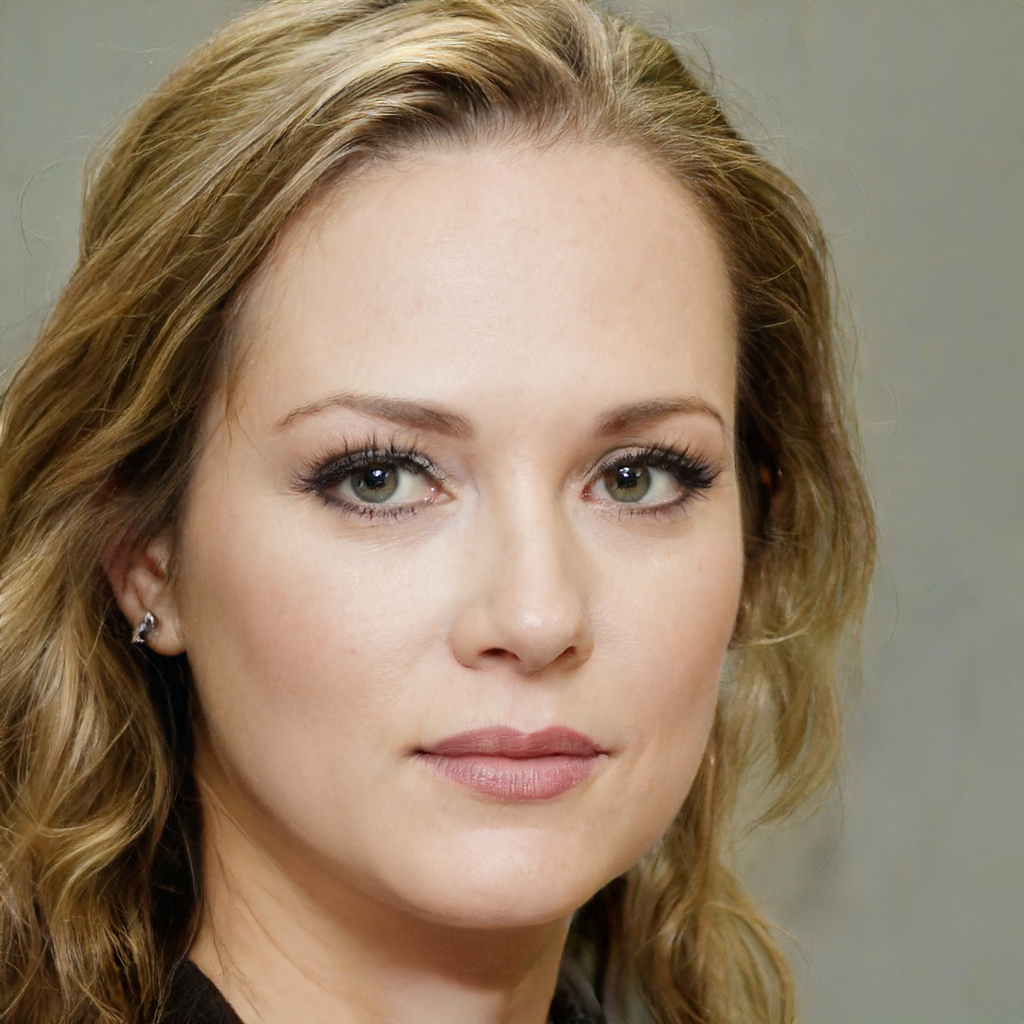A market-on-open order is an order to buy or sell a security at the opening price of the trading day. This type of order is typically used by investors who have a strong opinion about where the market is headed and want to get their trade in at the opening bell.
While a market-on-open order ensures that your trade will be executed at the opening price, it does not guarantee that the price you get will be the best possible price. If the market opens higher or lower than the previous day's close, your trade will be executed at that price.
To place a market-on-open order, you will need to enter your order before the market opens. Most brokerages will have a window where you can enter your order and it will be queued for execution at the opening bell.
While a market-on-open order is typically used to enter a position at the beginning of the day, it can also be used to exit a position. If you place a market-on-open sell order for a stock you own, your position will be sold at the opening price. What is this trading? This trading is an order type that is used to execute a trade at a specific price. This is done by placing an order with a broker to buy or sell a security at a specified price. If the security trades at that price, the order will be executed. What is order and types of order? An order is an instruction to buy or sell on a trading venue such as a stock exchange, bond market, commodity market, or financial derivative market. These instructions can be simple or complex, and can be sent to either a human broker or an electronic trading platform.
There are four basic types of orders: market orders, limit orders, stop orders (or stop-loss orders), and iceberg orders.
A market order is an instruction to buy or sell a security at the best available price. A limit order is an instruction to buy or sell a security at a specific price or better. A stop order (or stop-loss order) is an instruction to buy or sell a security once it reaches a specific price, and an iceberg order is a combination of a limit order and a stop order. What is difference between order and trade? A trade is an order to buy or sell a security. It is executed when the buy and sell orders match. An order is an instruction to buy or sell a security at a specified price. An order may or may not be executed depending on market conditions.
What are the types of trade?
There are four main types of trade:
1. market order
2. limit order
3. stop order
4. stop-limit order
A market order is an order to buy or sell a security at the best available price. A limit order is an order to buy or sell a security at a specified price or better. A stop order is an order to buy or sell a security when it reaches a specified price, and a stop-limit order is an order to buy or sell a security at a specified price or better after it reaches a specified price.
How many types of trade do we have?
There are four main types of trades: market orders, limit orders, stop orders, and stop limit orders.
Market orders are the most basic type of trade. You simply tell your broker you want to buy or sell a certain stock at the current market price. Your order will be filled immediately.
Limit orders are a bit more complicated. With a limit order, you set a price that you're willing to pay (if you're buying) or sell (if you're selling) a stock. Your order will only be filled if the stock reaches that price.
Stop orders are similar to limit orders, but they're used to protect against losses. With a stop order, you set a price at which you want to buy or sell a stock. If the stock drops to that price, your order will be filled.
Stop limit orders are a combination of stop orders and limit orders. With a stop limit order, you set a price at which you want to buy or sell a stock, as well as a limit price. If the stock drops to the stop price, your order will be filled, but only at the limit price or better.
